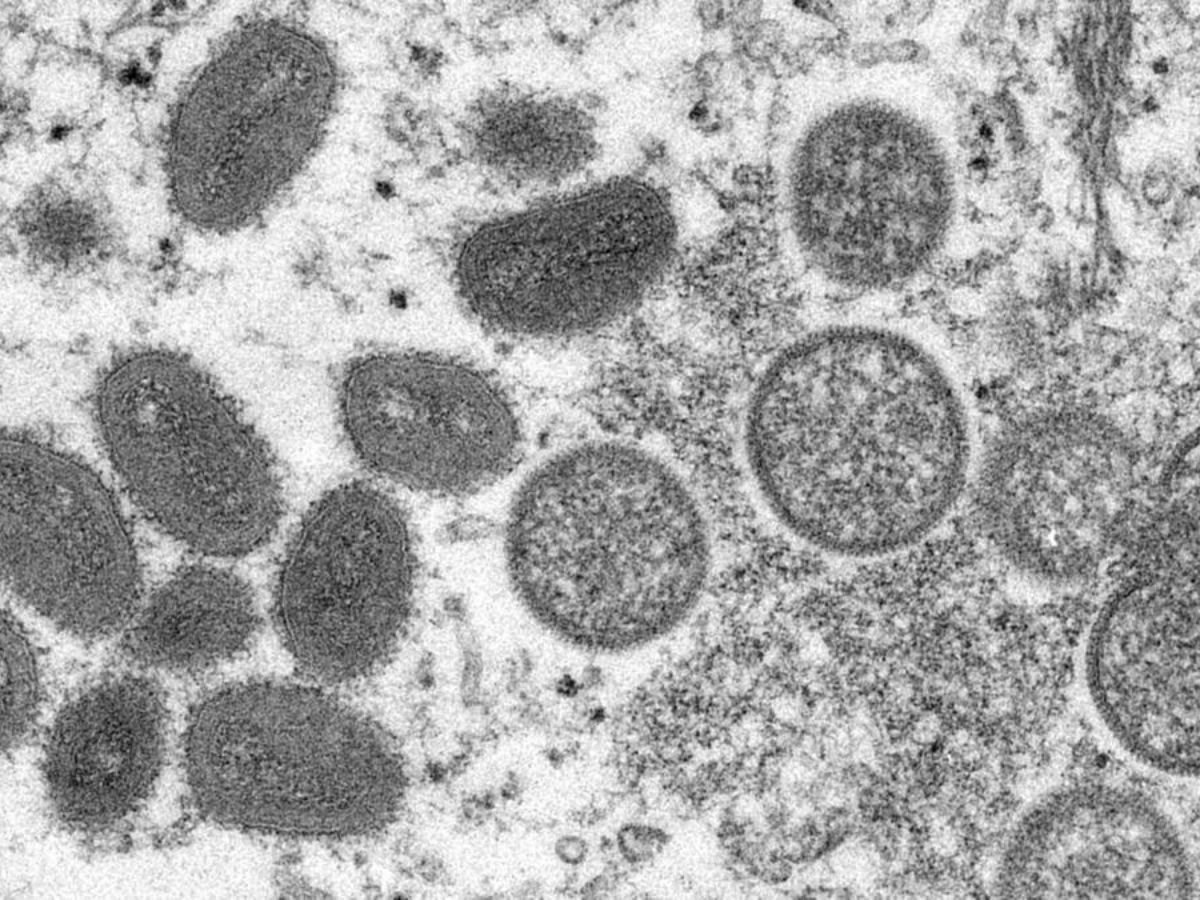With cases of monkeypox reported in over a dozen countries, the Karnataka government has ordered airports to remain watchful and segregate sick people arriving from impacted countries who have symptoms or a history of the disease. Under the Integrated Disease Surveillance Project, officials from the health department have issued an interim alert outlining disease symptoms and instructions (IDSP).
“Any traveller from the risk countries who presents with an otherwise unexplained rash or who has travelled to these countries in the last 21 days and has come into contact with a person or people with confirmed or suspected Monkeypox should be isolated at designated health facilities,” the advisory stated.
Meanwhile, if the samples are positive, contact tracing must be started right away to identify the patient’s contacts from the previous 21 days. Isolation will be lifted only when the lesions have healed and a new layer of skin has developed, or when the treating physician decides to do so. The announcement noted, “Monkeypox commonly manifests clinically with fever, rash, and enlarged lymph nodes and may lead to a variety of medical issues.”
While the virus does not spread easily between people and the risk of wider spread is low, Dr Bindumathi PL Senior Consultant – Internal Medicine, Aster CMI Hospital, tells TNSE that it can spread from close contact with bodily fluids such as saliva from coughing, close contact with respiratory secretions, skin lesions of an infected person, or recently contaminated objects.
“As of today, there is no vaccination for monkeypox,” says Dr. Manohar KN, Consultant Internal Medicine Physician, Manipal Hospital, Old Aiport Road. Smallpox vaccines from the first generation are no longer available to the general population. In 2019, a novel vaccinia-based vaccination for monkeypox prevention was authorised, however it is not yet widely available.”

UNDERSTAND THE DISEASE
It is caused by a smallpox-like virus that belongs to the Orthopoxvirus genus in the Poxviridae family of viruses. It was discovered in 1958, when outbreaks of a pox-causing disease were discovered in monkeys kept in captivity for scientific purposes. It was initially discovered in humans in the Democratic Republic of Congo in 1970, and it is now found throughout central and western Africa.
Symptoms
Pustules appear all throughout the body. Between 5 and 13 days after infection, symptoms occur. It can take up to 21 days for it to show up. Fever, headache, muscular discomfort, backache, swollen lymph nodes, chills, and tiredness are common early symptoms. When a fever strikes, the rash usually shows first on the face, hands, and feet before spreading to other parts of the body. Also noted are mouth ulcers.










































